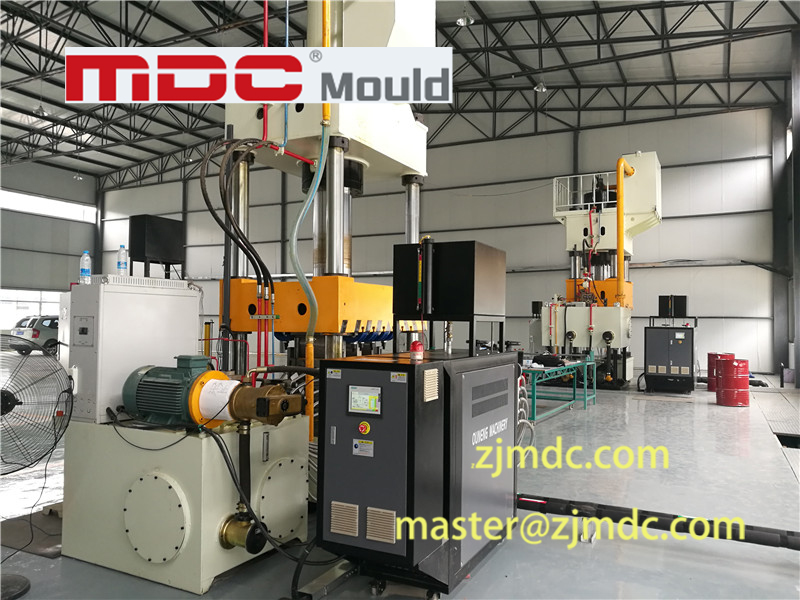
Specialize in Compression molds

Specialize in Compression molds
Compression molding is a widely adopted manufacturing process for producing high-strength, lightweight composite components. Central to this process is the use of tooling compression machines, which apply heat and pressure to mold thermoset and thermoplastic materials such as SMC (Sheet Molding Compound), BMC (Bulk Molding Compound), and carbon fiber prepregs. In this article, we explore the various types of compression molding machines available today, their features, applications, and how to select the right equipment for your manufacturing needs.

Hydraulic presses are the most common type of tooling compression machines. They use a hydraulic cylinder to apply controlled force to the mold cavity. These machines are suitable for medium to high-volume production and are ideal for molding large or complex parts with excellent dimensional accuracy.
Upstroke presses move the lower platen upward to meet a fixed upper platen. This design is often preferred when clear space is needed above the tooling, such as in automated lines with robot integration.
Downstroke machines operate by bringing the upper platen down onto a fixed lower platen. They are suitable for heavy-duty applications that require robust construction and consistent force application.
Vacuum compression machines are equipped with a vacuum chamber to evacuate air from the mold during pressing. This prevents air entrapment and results in parts with better surface quality and mechanical performance.
Multi-daylight presses are designed with multiple platens to mold several components simultaneously. This design increases production output and efficiency without expanding floor space.
Servo-hydraulic presses combine servo motors with traditional hydraulics for precise speed and pressure control. They offer greater repeatability and energy efficiency than conventional hydraulic presses.
These machines use electric actuators instead of hydraulic systems. Although less common in heavy-duty applications, they are growing in popularity for smaller composite and thermoplastic parts due to their clean operation and energy efficiency.
When selecting a compression molding machine, consider the following:

Tooling compression machines come in many configurations to suit the wide-ranging needs of composite manufacturing. From traditional hydraulic systems to modern servo-hydraulic and vacuum-equipped presses, each type offers unique advantages based on the part design, material characteristics, and production goals. Whether you're producing SMC automotive panels, BMC electrical enclosures, or carbon fiber structural components, selecting the right compression molding machine is essential for ensuring product quality, repeatability, and cost-efficiency in your production line.
Contact US
Email: master@zjmdc.com
Tel: +86 576 84616076
Fax: +86 576 84616079
Mobile: +86 13906573507(Mr. Wang)
Address: No.116 mochuang road, Huangyan Xinqian street,Taizhou,Zhejiang,China